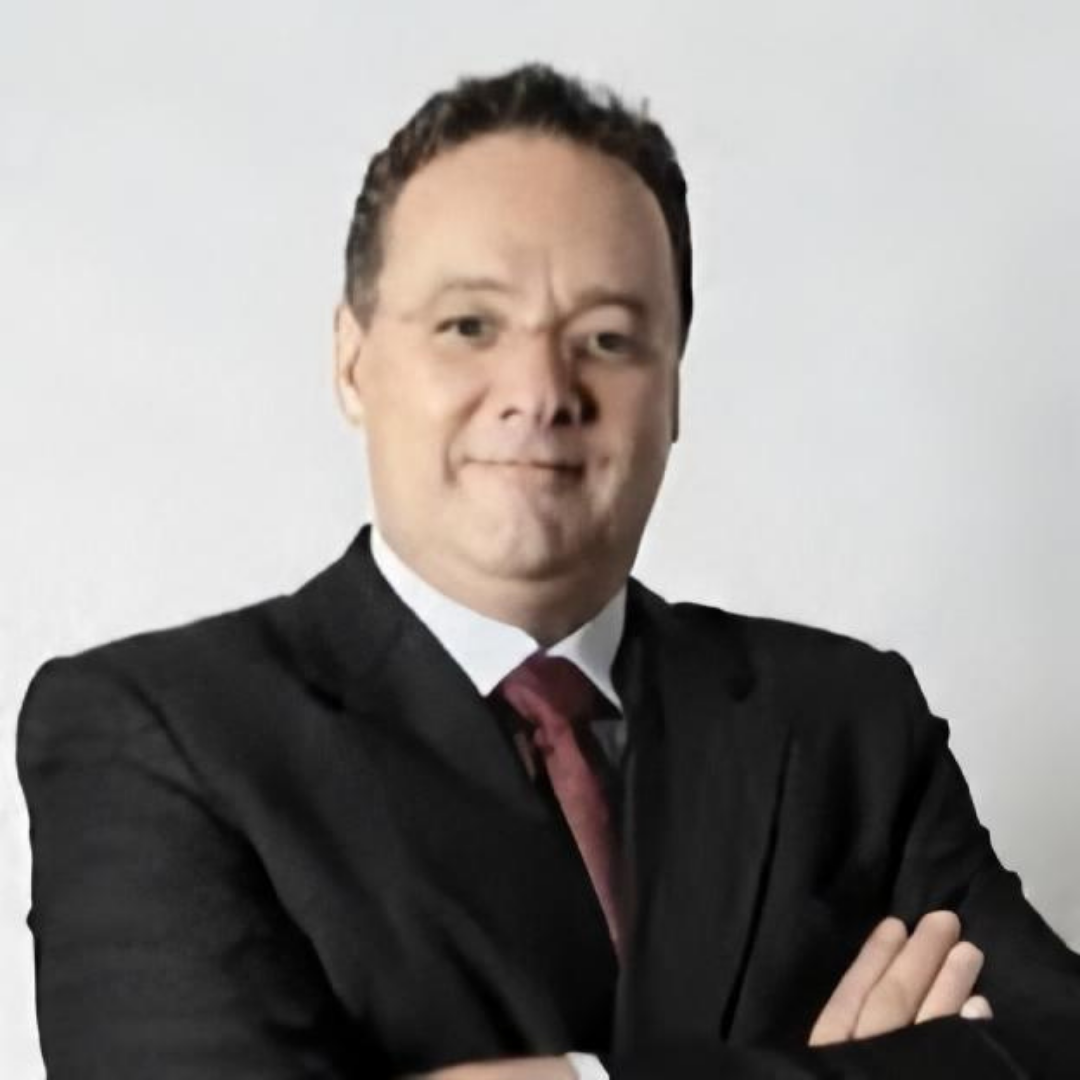Pension Funds Enhance Governance Practices Amid Portfolio Diversification
Significant changes have been impacting the way Brazilian pension funds manage assets, especially triggered by the low-interest rates environment that spurred an unprecedented diversification of portfolios. With a long experience in the insurance industry (Icatu Hartford, ABN Amro Real, and Haitong) and as a pension fund director, Paulo César Werneck analyzes the evolution of governance and investment policies in the sector. In an exclusive interview with Amec Viewpoint, the former Investment Director of Funcef (2016 to 2020) and former executive director at BTG Pactual Asset Management, explains how the diversification process began and why it probably will not backpedal even as the Central Bank raises rates again.
Currently working as Investment Director of Petros (Petrobras` Pension Fund), Paulo Werneck believes funds will need to have more professional and sophisticated management with higher use of technology to deal with new variables, like investing abroad. Besides diversifying portfolios, another element is the use of ESG criteria (environment, social, and governance) by pension funds and asset management firms. See the full interview below:

How do you see the current investment scenario for institutional investors, especially pension funds?
Looking at the recent movements, pension funds benefited from the returns paid by Brazilian sovereign bonds, which were exceedingly high recently. We had a simple equation, complex liabilities in one end (defined benefit plans), and successful assets in the other. All we had to do was match the cash flow with investments in public bonds. However, as interest rates fell in the past few years, funds needed to diversify.
How has it changed after the significant cut in interest rates?
If you look 10 or 15 years back, equities answered for quite a small share of pension funds’ net worth. It was often quite small. The portfolio was concentrated in fixed-income assets and public bonds. As soon as interest rates fell to one-digit level, there was a need for diversifying. Every asset management manual has stressed the need for diversification, but the interest rates were so high that it was nearly absurd not to concentrate on public bonds. But of course, the asset liability management (ALM) was poor.
How has been the process of increasing the risk exposure of portfolios?
When interest rates drop, you have to increase risk. It makes sense, because in developed countries funds have always had a small share in fixed income and another share in stocks and alternative investments, depending on the fund manager’s appetite. In Brazil, when a new outlook arose, they needed to change asset allocation. And then, the demand for risk assets boomed. At the same time, the Brazilian capital markets grew a lot and also offered more options.
Can you share your view on the development of the Brazilian capital market?
With more IPOs and the work B3 stock exchange has been performing, the capital market becomes more relevant for economic growth, as it happens in more developed economies. The demand for alternative investments was a good learning process for all. The thesis of this kind of investment is quite interesting. It is based on the development of companies with higher returns when they leave the investment. However, it is necessary to have a more robust capital market to carry out an IPO or sell the stake.
But pension funds faced problems in their first attempt to diversify before the global crisis of 2008, right?
Many things have worked, and many others have failed. And some pension funds developed restrictions to this kind of investment. Due to this sentiment, only foreign investors that were already familiar with this kind of asset class invested in the several private equity funds launched in Brazil after that. And local investors that should have invested in assets that benefited from the economic growth, were out of it. So, there was an explosive combination with a tailwind. The market was learning how it worked, and then the crisis ruined it.
What would you recommend in order to avoid previous mistakes?
Once again, as interest rates remain low, you must add riskier assets to balance the portfolio. So, you need to add some exposure to interest rates, private equity, listed stocks and private company stocks. And when interest rates recently fell to a historic low level, in comparison to global rates, you have to look overseas in the pursuit of higher returns. And we begin to add another variable that was not very common in portfolios before: the foreign exchange rate.
Investing abroad requires better management, right?
You have new options abroad, but you also have to deal with currency fluctuations. It demands more management abilities and technology use. For example, Canadian pension funds have investments in Brazil, the Middle East, Africa, and developed countries. So, we are adopting the same management style that is already adopted overseas. It happens following the removal of exceedingly high interest rates that caused distortions in our market. The market is efficient in this aspect. There are products with international diversification and efficient costs. You have well-established global fund managers in Brazil who already offer foreign assets to achieve the target rate.
Can the new monetary tightening process force funds to give up on the diversification process?
I don’t see it that way. The new scenario does not threaten the diversification move. If we compare the current level of interest rates, even considering recent hikes, it is still a lot lower than what we had in the past. Obviously, real rates in Brazil, especially for longer maturities in the yield curve, will make sense, considering the country’s fiscal risk. We still have a long road ahead in terms of reforms to improve the Brazilian government. But the diversification process should continue.
What is your view on the evolution of Brazilian pension funds’ governance practices?
Nowadays, everyone knows that it is necessary to take a risk to achieve liability interest targets. What makes a difference is how you chose the risk. It has to be in a transparent way and with a proper risk assessment. There is no point in increasing risks in an unbalanced way, as some pension funds did when they invested in private equity in the past. I always say that the most important thing when you are managing a pension fund is how you assess your liabilities. Still, I believe the governance has evolved significantly in the past few years.
Which factors led to an improvement in the sector’s governance practices?
The work of consultants and managers evolved. We also imported many technologies. Governance management improved a lot in the sector. Today we have well-prepared experts working at the regulatory agency. We have knowledgeable people. From the managers’ point of view, we have a much more elaborate process: they measure liabilities, adopt compliance rules. The Brazilian financial system evolved as a whole in this aspect. When you adopt best governance practices, it is tough to recede.
What’s your view on the governance practices adopted by listed companies when dealing with investors?
We must get used to adopting best practices as part of a good decision-making process. Amec has a vital role in fostering more relevant participation of institutional investors in capital markets. And this engagement has to be increasingly transparent. Considering the size of pension funds and their extremely long-term liabilities, their involvement with the capital market is increasingly important. The governance in listed companies and B3 evolved, pushing for more transparency. Amec also makes investors more aware. I would like to stress how important Amec’s technical area is, as it warns about practices that can disturb the system’s balance.
How do you evaluate the strengthening of ESG practices in the market and funds’ investment policies?
ESG represents the synthesis of this evolution process. It is not a matter of making money for the sake of it. The important thing is how you make it. How you generate returns for the shareholder and, therefore, benefit investors. There is no coming back when companies and funds start to consider environmental, social, and governance concerns. It is a new way to think about how to generate returns. Also, in capital markets, no one accepts making money from child labor or deforestation anymore. Therefore, it is necessary to follow some practices to provide returns. Amec also has an important role in spreading ESG practices and should act to protect the social impacts of investees’ business, as well as minority shareholders’ rights.

